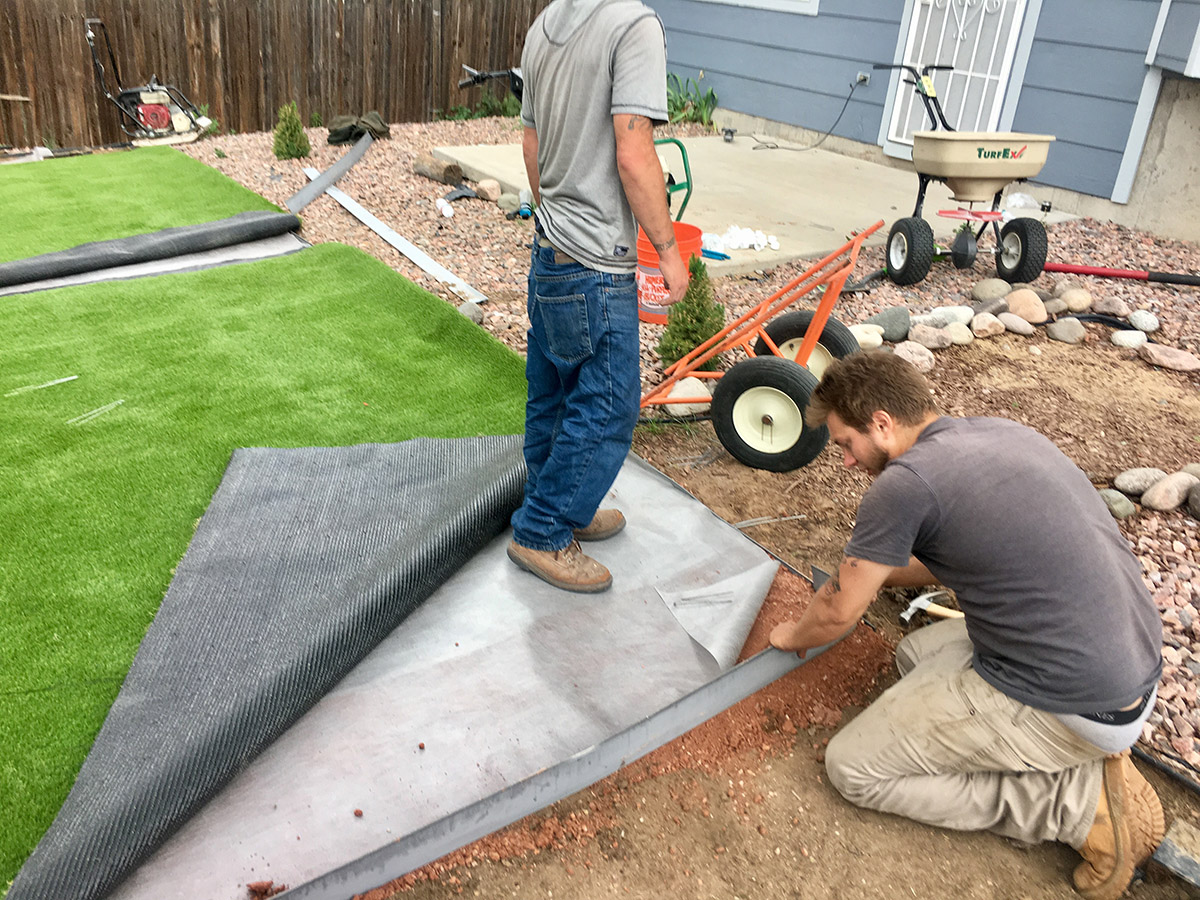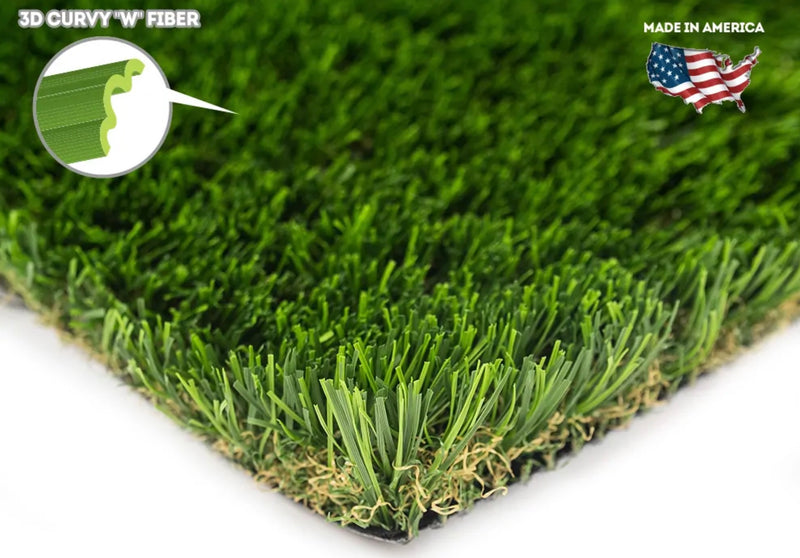Top-Rated Phoenix Turf Companies Specializing in Synthetic Grass Solutions
Delve Into the Environmental Conveniences of Opting for Artificial Turf Solutions
The fostering of synthetic grass services offers an engaging possibility to attend to pressing ecological difficulties. By substantially minimizing water usage and decreasing the application of damaging chemicals, these alternatives not only promote lasting landscape design but also protect regional environments. Furthermore, the lower carbon impact related to reduced upkeep tasks contributes to an extra lasting approach to land management. The effects of these advantages expand beyond plain preservation initiatives, elevating concerns concerning their lasting effect on habitat preservation and total environmental balance. Discovering these measurements exposes an intricate interaction worth thinking about.
Water Conservation Perks
Among one of the most considerable advantages of synthetic grass is its capability to conserve water. Typical grass lawns require considerable watering, specifically in areas prone to dry spell or water constraints. In comparison, synthetic grass does not require watering, substantially lowering the overall need for water resources. This feature is specifically valuable in dry areas where water shortage is a pressing worry.
By eliminating the requirement for routine watering, synthetic grass adds to sustainable landscape methods and aids minimize the ecological impact of extreme water intake. Additionally, the preservation of water includes the reduction of overflow, which can result in dirt erosion and river air pollution.
Furthermore, the setup of synthetic turf allows property owners and towns to designate water resources a lot more efficiently, concentrating on essential usages such as alcohol consumption water and agriculture. The shift towards artificial turf not only advertises responsible water use however additionally aligns with wider environmental goals focused on protecting natural sources.
As areas increasingly prioritize sustainability, the water conservation benefits of fabricated lawn provide a compelling case for its fostering in commercial and household landscaping tasks.
Decreased Chemical Usage
The change to synthetic grass considerably lowers the dependence on chemical treatments frequently utilized in natural grass maintenance. Typical grass administration typically includes the application of chemicals, herbicides, and fertilizers to advertise development and control pests. These chemicals can pose dangers to human health, regional wild animals, and the setting, adding to dirt and water contamination.
In comparison, fabricated lawn eliminates the demand for these unsafe substances. By reducing the launch of synthetic substances right into the community, artificial lawn promotes much healthier soil and water systems.
Additionally, the absence of chemical runoff linked with man-made grass installations aids secure local rivers from contamination, supporting aquatic life and maintaining biodiversity. Arizona turf. As communities significantly focus on lasting methods, selecting synthetic grass provides a sensible option that lines up with environmental preservation goals. Via this shift, homeowner can take pleasure in lush eco-friendly areas without jeopardizing ecological wellness, leading the way for a much more sustainable future
Reduced Carbon Impact

Furthermore, the setup of fabricated lawn can lead to substantial water preservation. All-natural grass call for considerable amounts of water for watering, which not only contributes to the carbon footprint connected with water extraction and treatment yet likewise pressures local water resources. In comparison, synthetic turf needs minimal upkeep, calling for no watering, thereby dramatically decreasing water usage and its associated energy costs.
In addition, the durability of artificial grass adds to its lower carbon influence. With a life-span of as much as 15 years or even more, the requirement for regular substitutes is diminished, resulting in much less waste and reduced power consumption in manufacturing and dealing with standard turf choices. On the whole, synthetic grass presents a lasting option for eco conscious landscaping.
Environment Conservation
Environment conservation is a crucial consideration in the discussion over landscaping selections, important source particularly when contrasting synthetic grass to natural lawn. Natural grass lawns typically require considerable upkeep, consisting of using pesticides, herbicides, and plant foods, which can detrimentally affect neighborhood communities. These chemicals can seep right into the soil and rivers, damaging native plants and fauna and interfering with neighborhood environments.
On the other hand, synthetic grass provides an opportunity to minimize the eco-friendly impact of landscaping. By choosing synthetic turf, property owners can decrease the disruption of all-natural environments related to traditional grass treatment techniques. Synthetic grass gets rid of the demand for unsafe chemicals, consequently shielding close-by wild animals and maintaining the stability of bordering ecological communities. The installation of synthetic turf can lead to the conversion of previous lawn locations into even more biodiverse landscapes, such as pollinator gardens or indigenous plant locations, which can support neighborhood wild animals.
Ultimately, the change to man-made lawn not only saves water and reduces maintenance initiatives yet additionally promotes a much more harmonious partnership in between human activities and the natural setting, promoting habitat conservation while doing so.
Long-Term Sustainability
Long-term sustainability is a crucial aspect in evaluating the benefits of synthetic grass over typical turf yards. Among one of the most considerable benefits of synthetic grass is its longevity; it can last up to 15-20 years with marginal maintenance, whereas natural yard calls for constant reseeding and replacement. This longevity decreases the requirement for continuous sources, such as water, plant foods, and chemicals, which are crucial for keeping a healthy and balanced grass lawn.
Additionally, synthetic lawn adds to a reduction in carbon emissions associated with yard treatment devices. Typical yards commonly call for gas-powered lawn mowers, trimmers, and blowers, all of which add to air contamination. Turf installation phoenix az. In comparison, synthetic grass removes the demand for such tools, promoting a cleaner atmosphere
Additionally, the manufacturing of man-made lawn increasingly utilizes recycled materials, enhancing its sustainability profile. As manufacturers embrace eco-friendly practices, the ecological impact of synthetic grass proceeds to lessen.

Conclusion
The fostering of synthetic grass services offers substantial ecological benefits, including considerable water conservation, decreased reliance on hazardous chemicals, and a lower carbon impact. In addition, synthetic grass help in preserving all-natural habitats by lessening land disturbance and advertising long-term sustainability with using durable products. Collectively, these variables highlight the capacity of artificial turf to add positively to ecological health and wellness and use a feasible choice to standard landscape design techniques in a progressively resource-conscious additional reading world.
In contrast, man-made turf does not need watering, significantly minimizing the general need for water resources. view website By decreasing the release of artificial compounds into the ecological community, artificial lawn promotes healthier dirt and water systems.
Moreover, the setup of fabricated grass can result in significant water preservation. In comparison, synthetic turf requires minimal maintenance, calling for no watering, thus considerably minimizing water use and its linked power costs.
